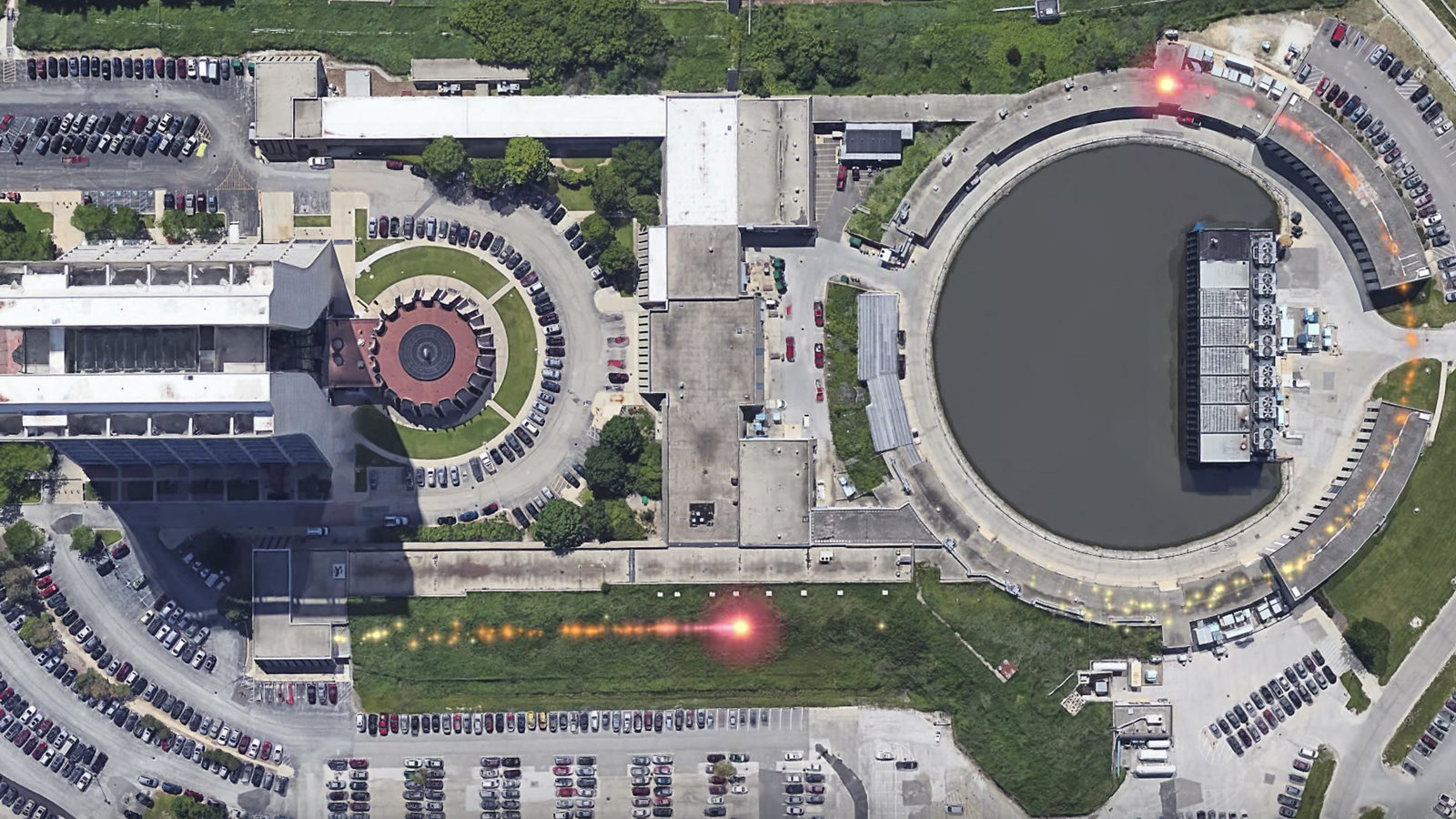Curious how scientists can deliver particles to particle physics experiments? Two new animations from Fermilab and CERN will help you visualize how it works.
This animation from the Department of Energy’s Fermi National Accelerator Laboratory shows the path particles take through the accelerator complex.
It all starts at the proton source. The beam of particles moves through various systems such as the linear accelerator, booster and main injector. The beams can generate a variety of particles, including protons, neutrons, muons, pions and neutrinos, which are then studied in experiments and in research programs.
You can learn about the components in even more detail here.
Then there’s CERN’s animation, which focuses on their newest linear accelerator: Linac4. It’s scheduled to be connected to the next accelerator in the chain, the Proton Synchrotron Booster, in 2019, and should supply all of the protons at CERN starting in 2021.







